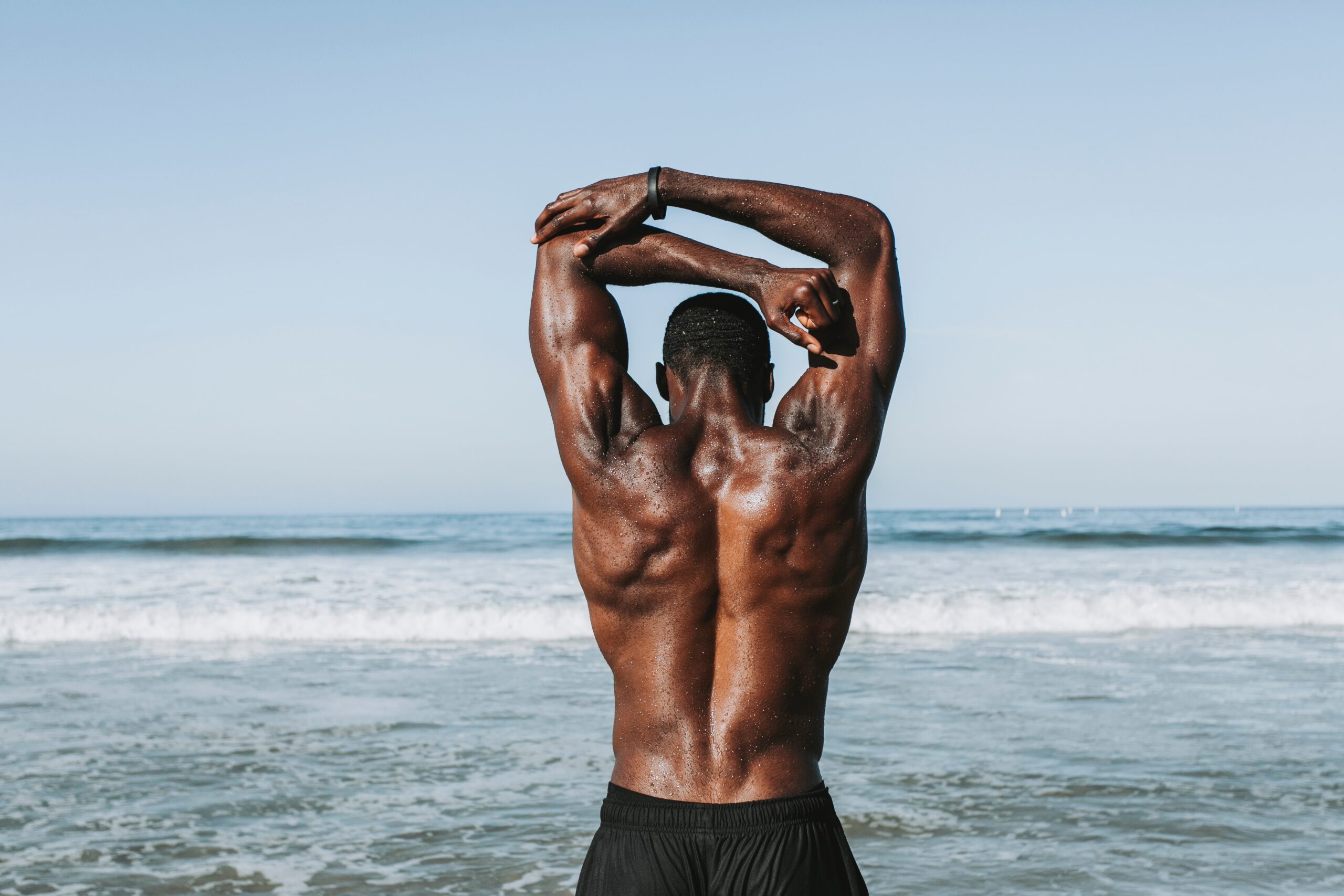Cupping is an Oriental medical technique that has been overshadowed by acupuncture. This cupping offers not only the advantages of healing of various ailments throughout the body, but also a particularly pleasant experience overall for the patient. It has been used as far back as three thousand years ago as a treatment for pulmonary tuberculosis. By 300 A.D., it was already documented in an herbalist work authored by Ge Hong, entitled A Handbook of Prescriptions for Emergencies.By the 1950’s, cupping had become an official and established therapeutic practice throughout Chinese hospitals following research on the effectiveness of the practice.
Before this point, it was already in use as an auxiliary means in aiding traditional Chinese surgeries. Its popularity has increased over the last several years thanks to the attention garnered by patients including Jennifer Aniston, Gwyneth Paltrow, Michael Phelps, and David Arquette. Some criticized it as the latest medical fad promoted by celebrities, but more current research on cupping has demonstrated its efficacy in reducing the intensity of pain and delivering short term positive benefits to the body.
What Exactly Does Cupping Do For Pain Relief?
The practice of cupping revolves around a technique employing small bamboo jars or glass cups as suctioning devices. The doctor places these on the skin in order to break up congestion and stagnation through drawing congested fluids, blood, and energy up to the skin surface.There are two forms of this practice.
Dry cupping involves the therapist placing suction cups directly on the patient’s skin. With wet cupping, a tiny incision will be made on the skin so that when the suction cups are applied, tiny quantities of blood can be gently drawn.Suction can be formed in the cups in a few different ways. These include:
- Swabbing alcohol on the cup bottom before lighting them and placing the cups directly against the skin
- Putting an inverted cup atop a small flame then lighting it and putting an empty cup over the flame so that it is extinguished
- Flames are never allowed near the skin and do not become lit in the cupping process, only causing the heat that allows suction to take effect in the small cups
After this suction has commenced, the therapist is able to gently move along the cups over the skin in a manner called gliding cupping. The movement of the glass cups is improved through application of massage oils to the skin. This suction results in the skin and top muscle layers being drawn up lightly in the cup.It is similar to an inverse massage. Instead of putting pressure on muscles, it gently pressure pulls them up.
The majority of patients find this to be especially relieving and relaxing. Suctioned cups stay in place for around ten minutes during the patient relaxation. Some compare the process to Tui Na, the traditional Chinese medical massage that focuses on acupuncture points and parts of the body in pain. This also delivers relief to pain through the pressure.Besides effectively treating pain in the body, cupping has also proven itself to be useful for helping problems with the lungs such as asthma or common cold induced congestion.
Respiratory conditions have always been among the illnesses that cupping was most effective in relieving.The procedure also has useful impacts on circulatory and skin issues. Following just three to five cupping procedures, skin color markedly improves. The cupping process takes out toxins and boosts the blood flow in both arteries and veins.
Athletes find it particularly helpful in relieving the instances of muscle spasms and pain.Digestive ailments also respond to cupping. Some of the benefits it delivers to the gastrointestinal tract are the following:
- Noted constipation relief
- Better overall metabolism
- Stronger digestion
- A healthier appetite
Besides these established improvements, the Journal of Traditional and Complementary Medicine published a report back in 2015 on cupping. It found it to be a useful alternative medical treatment for pain, acne, herpes zoster, cervical spondylosis, and facial paralysis.Side effects to cupping prove to be mild and minor. It does leave bruises that last for as long as 10 days only.
There could be additional possible side effects like skin infection, mild discomfort, and burns. The therapist will rub in an antibiotic cream or ointment and bandage any areas that require it so that infection does not occur.If you are ready to get started with cupping now, you can call us today at 205-637-1363. Our operators are standing by to take your call and answer your questions!








